As the nagging pain in his left hip intensified, Bryan Marquardt had tried to be a good sport.
When he skated in his hockey league, he noticed he could only push off with one leg. He’d gotten used to always stepping right foot first, climbing into his truck or going up a flight of stairs.
He’d also begun seeing C. Christopher Sherry, DO, an orthopedic surgeon at Spectrum Health Orthopedic and Sports Medicine in Grand Rapids.
Dr. Sherry advised him that a hip replacement might be the best solution.
Meanwhile, Marquardt, 64, tried a cortisone injection, which offered some relief. “But after four weeks, the pain came back,” he said.
Two bouts of illness exacerbated his pain.
“I knew I was running out of options and I didn’t want to take medication,” he said.
But the inability to tie his left shoe finally pushed him into the decision for surgery.
“I had started wearing slip-ons all the time because it hurt so much to reach down,” he said. “That bothered me.”
At that point, he decided: “Life is too short to have this much pain.”
In July, he and his wife, Brenda, headed to Spectrum Health Blodgett Hospital, where Dr. Sherry performed total joint arthroplasty.
The surgery lasted an hour and, within a few hours, the team had him up and moving with help from a walker. His pain had disappeared.
As he used the walker to get to the car, he remembers saying, “Brenda, I feel like I can walk. It doesn’t hurt.”
Same-day surgery
Marquardt is among the growing number of patients opting for outpatient joint replacement.
“Initially, we were doing about 1% of surgeries on an outpatient basis,” Dr. Sherry said.
Inpatient surgery would typically involve a hospital stay of about three to five days. But over the past six years, more patients began requesting the same-day surgery.
“While it’s not suitable for everyone, it makes so much sense for many people,” Dr. Sherry said. “They’re more comfortable recovering at home.”
Today, about 30% to 40% of joint replacements are outpatient.
“We’re having great results and patients love it,” Dr. Sherry said.
Another shift: Doctors have been performing the surgery on younger patients, thanks to marked improvements in the polyethylene used in artificial joints.
“Years ago, doctors avoided joint replacement surgery in patients in their 50s and 60s,” he said. “There was good data that the parts wore out, and surgeries to revise them were complicated.”
Now, he said, joints last much longer.
And if a patient needs follow-up care, “we know how to fix it,” Dr. Sherry said. “There’s no longer any need to suffer. You can have joint replacement while still in your very active years.”
He hopes younger patients will realize they don’t necessarily have to live with joint discomfort.
“Pain is the big factor,” he said. “Is it increasing? Is it impacting your function, limiting you? Is there popping, locking or other mechanical problems?”
Back on the ice
Marquardt made an especially good candidate for the same-day procedure, Dr. Sherry said.
“He had severe arthritis that impacted his quality of life,” he said. “He was extremely motivated and had his eyes on the prize—he knew he wanted to be able to play hockey without pain.”
That motivation makes it easier for patients to stick to the rehab process. This can be daunting, as it requires stretches and other exercises prescribed by a physical therapist.
Moving can help alleviate pain and stiffness. But doing too much, too soon, can delay recovery and create more pain.
Marquardt used the walker for about three days before switching to a cane.
“Within three or four days, I stopped using that, too, but always brought it with me just in case,” Marquardt said.
Nurses checked up on his progress by phone, which allowed him to provide updates while also getting important advice about managing his activity levels.
“It was such a quick recovery,” he said. “Within two weeks, someone asked me what my pain level was in a follow-up phone call.
“When I said, ‘About a 1,’ she said, ‘No, I mean your overall pain level.’ When I said I really meant that it was a 1, she was amazed.”
Since then, Marquardt has gotten steadily better, gradually reclaiming the day-to-day activities that his bad hip had taken away.
“I’m up and down stairs all the time and that funny gait I developed is gone,” he said. “I’m riding my bike again.”
Best of all, Marquardt—who played hockey in college and has remained active in adult leagues—has been cleared to resume all normal activities.
That includes getting back on the ice.
“Patients have to be willing to put in the work to recover,” Dr. Sherry said. “Bryan is a great example of how well people can recover when motivated.”


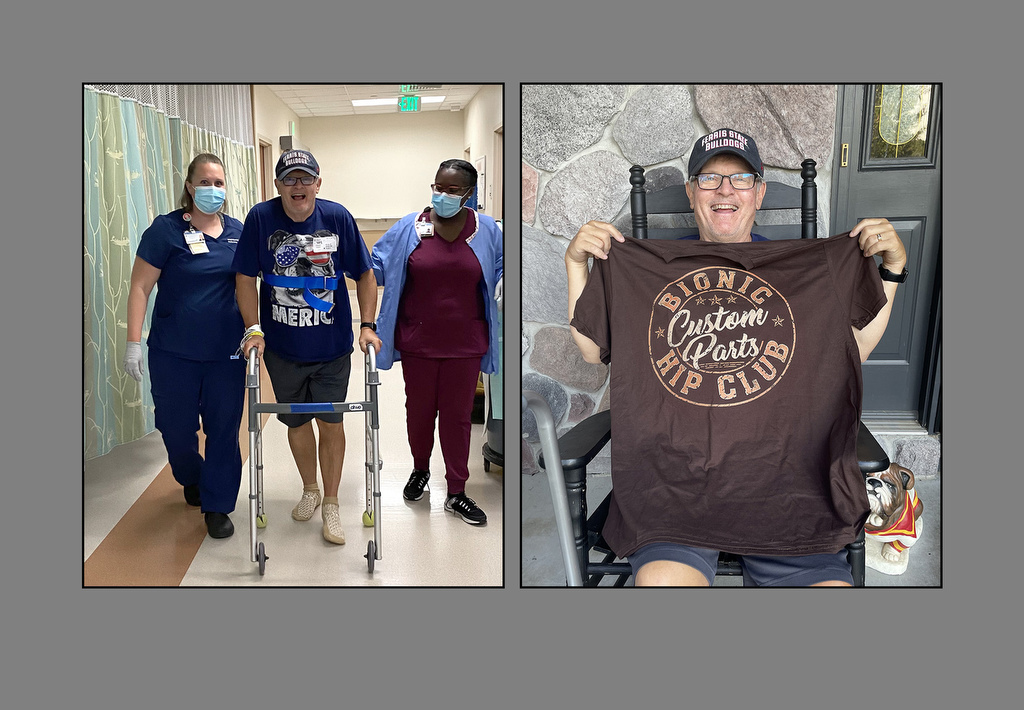
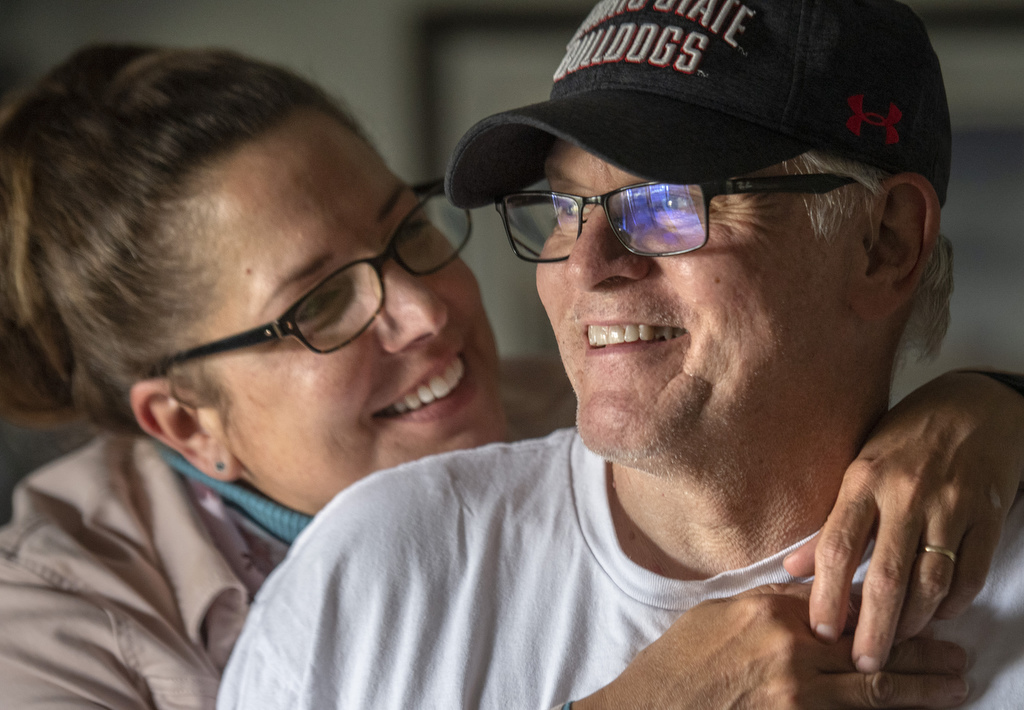
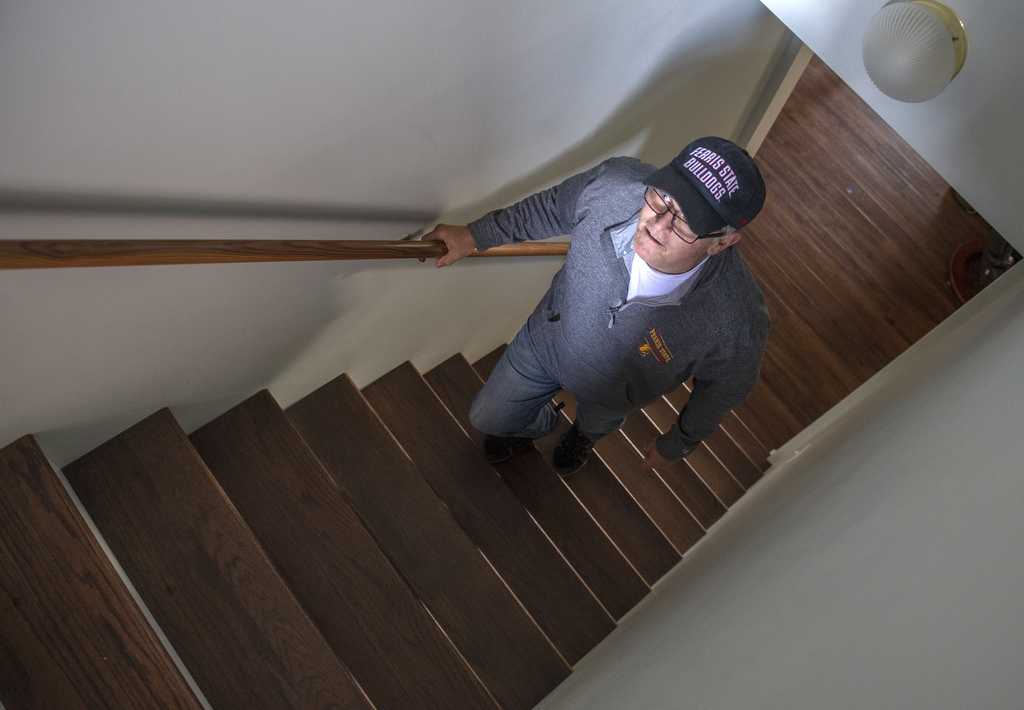
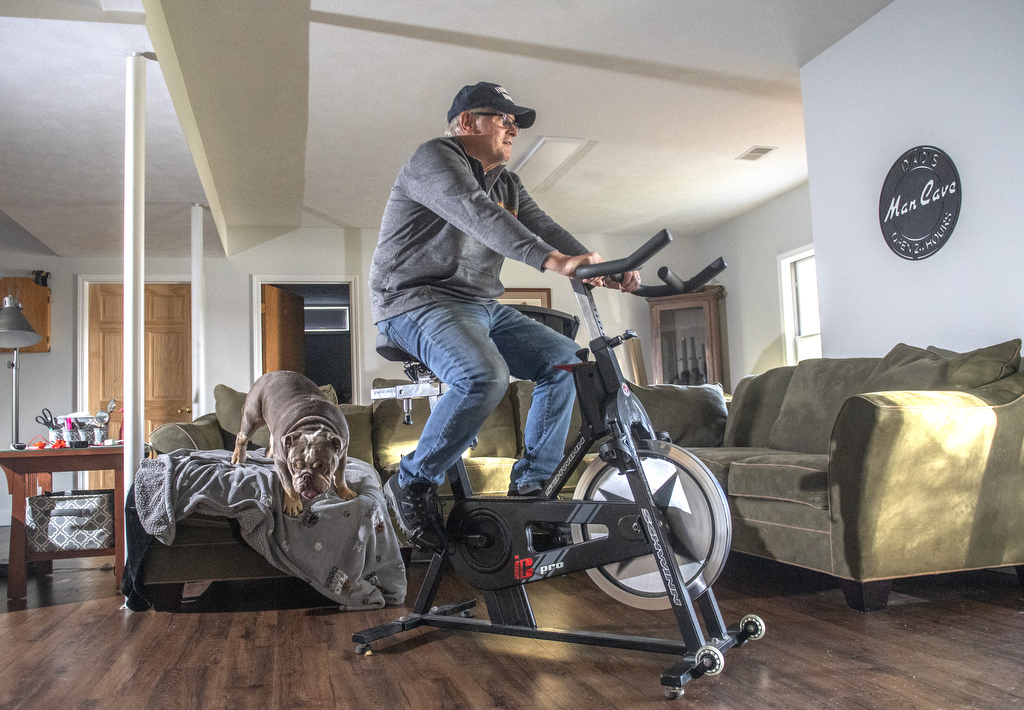
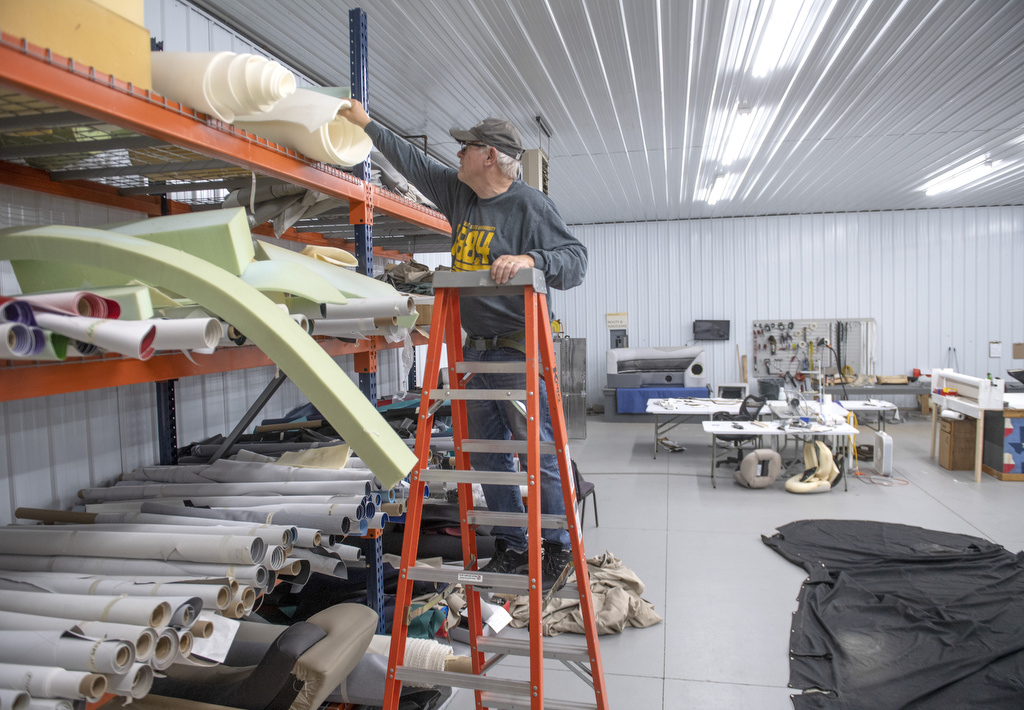




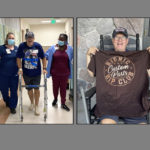

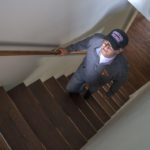
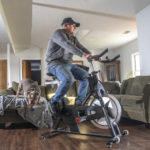
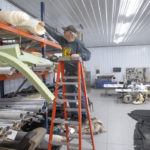


 /a>
/a>
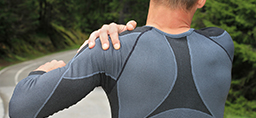 /a>
/a>
 /a>
/a>